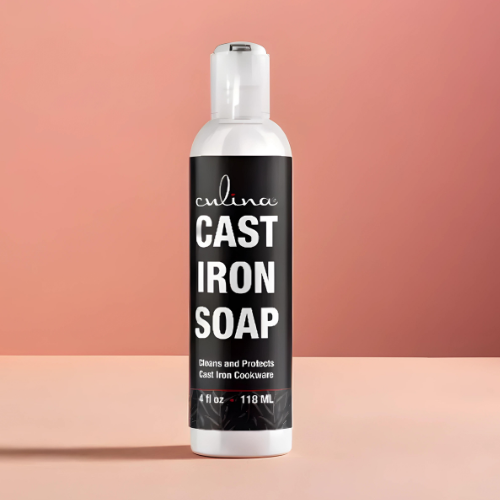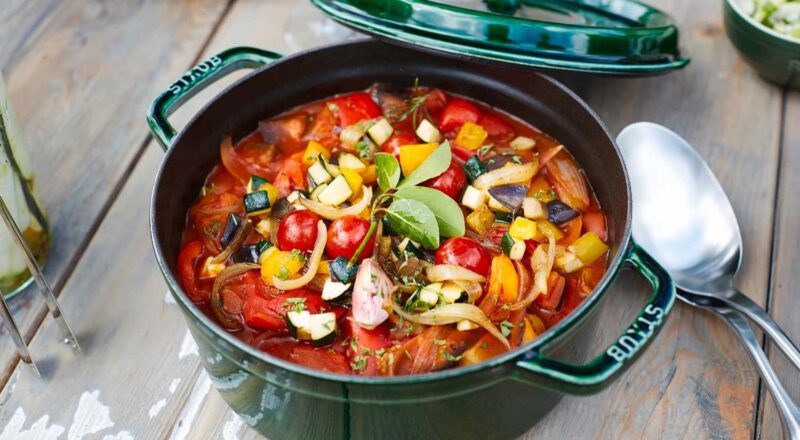
Introduction to Dutch Oven Cooking
The art of cooking with a Dutch oven is both traditional and highly rewarding. For the uninitiated, understanding how many coals to use can be perplexing. Whether you’re a culinary expert or a home cook, mastering the usage of coals for your Dutch oven can elevate your cooking experience.
Knowing how many coals for Dutch oven is critical for achieving perfect, mouth-watering results. In this guide, we’ll break down the essentials so that you can confidently cook anything from roasts to desserts outdoors.

History and Evolution
The Dutch oven has a storied past, and its journey through history is as rich as the flavors it cultivates. Originating in the Netherlands and popularized in America by settlers, this indispensable cooking pot has stood the test of time. The traditional method of cooking with coals brings a rustic charm and unbeatable taste to your meals.
From Cast Iron to Modern Materials
Originally made from cast iron, Dutch ovens can now be found in various materials, including aluminum and steel. Nonetheless, cast iron remains the preferred choice for its heat retention and even distribution properties, making it perfect for outdoor cooking.

Understanding Coal Placement
The Science of Heat Distribution
To use a Dutch oven effectively, its essential to understand the science behind heat distribution. Proper coal placement ensures even cooking, preventing hot spots and raw centers. For those wondering how many coals for Dutch oven, a standard method exists the 3-up, 3-down rule.
The 3-Up, 3-Down Rule
As a general principle, place three coals on top and three coals under the Dutch oven for every inch of the oven’s diameter. For example, a 10-inch Dutch oven would need about 30 coals in total: 15 on top and 15 underneath. Adjusting these proportions allows you to manage and perfect your dishs internal temperature.
The Role of Coal Size and Type
Charcoal Briquettes vs. Lump Charcoal
Different types of coal affect your cooking results. Charcoal briquettes are uniform, providing consistent heat, while lump charcoal burns hotter and faster. Its essential to adapt your coal calculation based on the type youre using.
Common Dutch Oven Recipes and Coal Requirements
Cooking Roasts
For a hearty roast, aim for higher heat to achieve a crisp, caramelized exterior. A 12-inch Dutch oven roast might require around 32 coals: 16 on top and 16 underneath. Precise placement ensures evenly cooked meat thats tender and juicy. Check out these detailed guides for pot roast tips and cooking time.
Baking Bread
Baking bread in your Dutch oven is both rewarding and challenging. The ideal temperature requires fewer coals placed strategically to avoid burning. For a 10-inch oven, use about 25 coals: 8 underneath and 17 on top. Learn more about bread baking techniques.
Tips for Maintaining Your Dutch Oven
Cleaning and Seasoning
Proper maintenance extends the life of your Dutch oven. After cooking, clean it with mild soap and water, and apply a thin coat of oil to prevent rust. Regularly seasoning your oven ensures a non-stick surface for future uses. For detailed cleaning instructions, visit this external link.
Storing Your Dutch Oven
Once cleaned, make sure your Dutch oven is stored in a dry place. Place a paper towel inside to absorb any residual moisture and to keep it in perfect condition for your next culinary adventure. For more preservation tips, click here.
Temperature Control Tips
Adjusting for Wind and Weather
External factors such as wind and weather significantly affect coal performance. In windy conditions, you may need additional coals to maintain consistent heat. Always monitor your cooking process and make adjustments as necessary.
Using a Digital Thermometer
A reliable digital thermometer can help you accurately gauge your oven’s internal temperature. This ensures you are neither overcooking nor undercooking your dishes, resulting in consistently perfect meals.
Coal Management Strategies
Preheating Coals
Before cooking, preheat your coals until theyre white-hot. This practice ensures you achieve the desired heat quickly, making for an efficient cooking process.
Adding and Removing Coals
Throughout the cooking process, you may need to add or remove coals to maintain the correct temperature. Regularly check your food and adjust the coal count accordingly for optimal results.
Advanced Techniques
Multi-Level Cooking
Advanced Dutch oven users can employ multi-level cooking techniques for complex meals. This involves stacking Dutch ovens or using grates to separate different dishes. Mastering this method adds versatility to your outdoor cooking skills.
Using Coal Starters
Innovative tools like coal starters make the lighting process more manageable and quicker. This is especially useful for large gatherings or when you need to prepare multiple batches of food.
Understanding Coal Alternatives
Wood as an Alternative
While coals are the traditional choice, wood can serve as an alternative fuel source. Wood imparts a unique flavor to your dishes but requires more attention and a different cooking approach.
Specialty Fuels
Specialty fuels such as coconut coals offer eco-friendly options and longer burn times. These coals are ideal for prolonged cooking sessions and add a distinct flavor to your meals.
Interactive Tools and Resources
Coal Calculators
Online coal calculators can help you determine the exact number of coals needed for different dishes. These tools consider variables like oven size, dish type, and desired temperature.
Community Forums
Joining community forums and social media groups dedicated to Dutch oven cooking can provide valuable tips and insights. Sharing experiences with fellow enthusiasts enriches your cooking journey.
Common Mistakes to Avoid
Overloading Coals
Using too many coals can result in burnt meals and wasted fuel. Stick to recommended guidelines and adjust as needed, but avoid overcrowding your oven with too many coals.
Neglecting to Rotate
Failure to rotate your Dutch oven during cooking can lead to unevenly cooked food. Regularly turning the oven ensures even heat distribution and a perfectly cooked dish.
Cooking for Different Occasions
Family Gatherings
For large family gatherings, plan dishes that accommodate multiple serving sizes. Dutch ovens are versatile and can handle a variety of recipes, making them ideal for feeding large groups.
Camping Trips
When camping, preparation is key. Pre-measure your coals and pack them in a portable container for easy access. Dutch ovens are perfect for delivering hearty, home-cooked meals even in the great outdoors.
FAQ
1. What are the common coals to use for a Dutch oven?
Charcoal briquettes and lump charcoal are the most commonly used coals. Each type has its advantages and can affect your cooking results differently.
2. How often should I rotate my Dutch oven?
It’s recommended to rotate your Dutch oven every 15-20 minutes to ensure even cooking and prevent hot spots.
3. Can I use a Dutch oven indoors?
While primarily designed for outdoor cooking, Dutch ovens can be used indoors if proper ventilation and heat sources are managed.
As an Amazon Associate, I earn from qualifying purchases.
For further reading, check out these hash brown tips.

